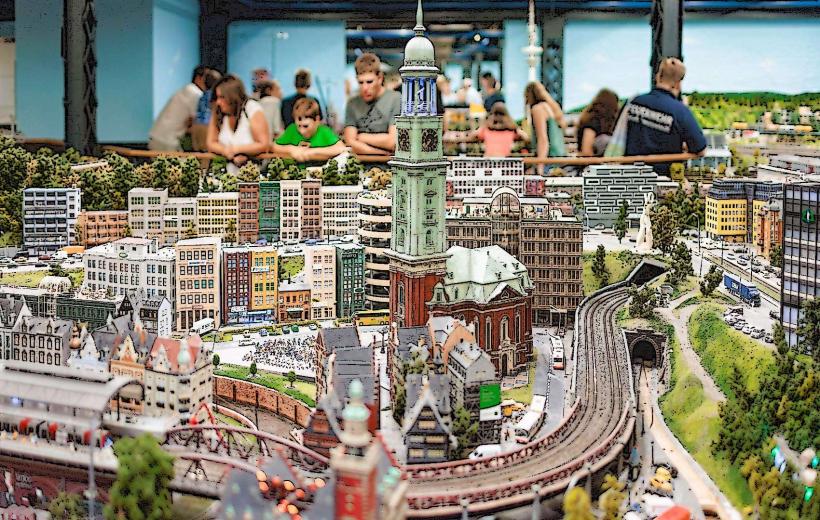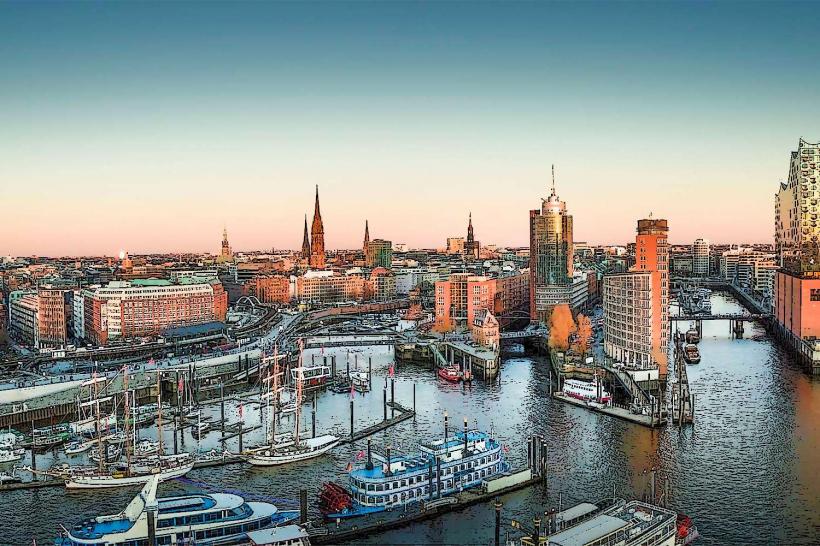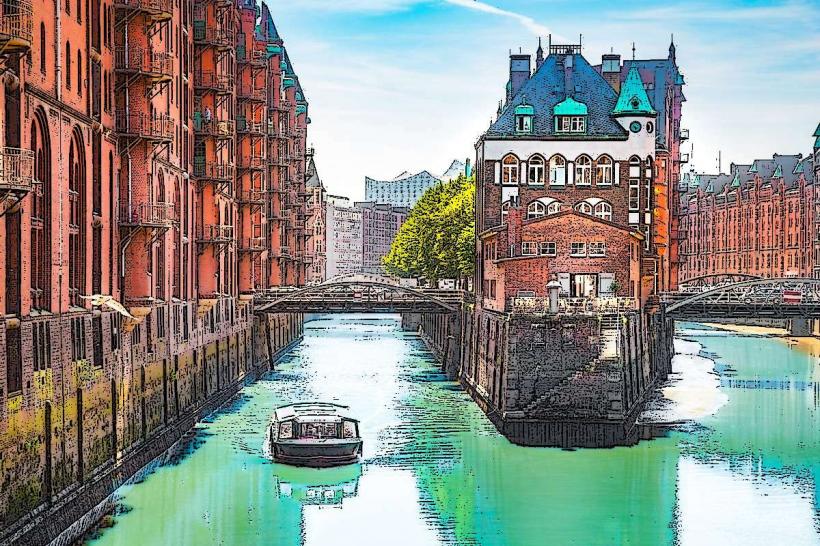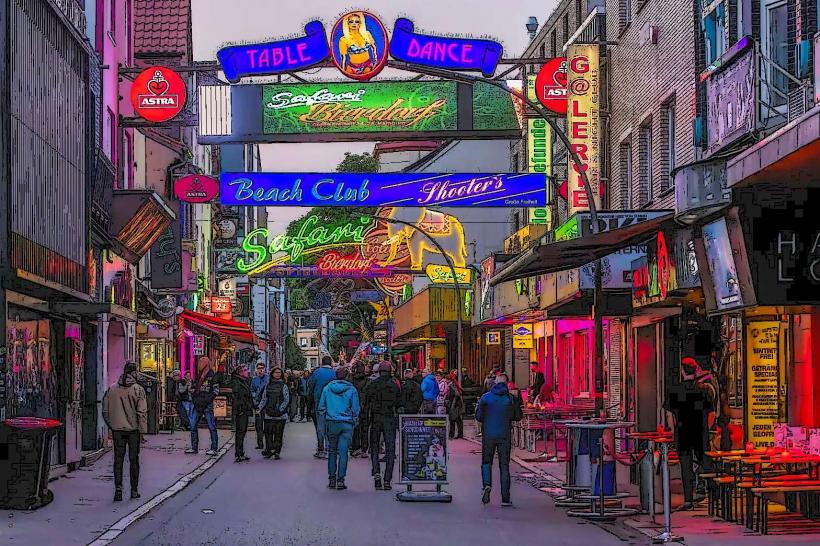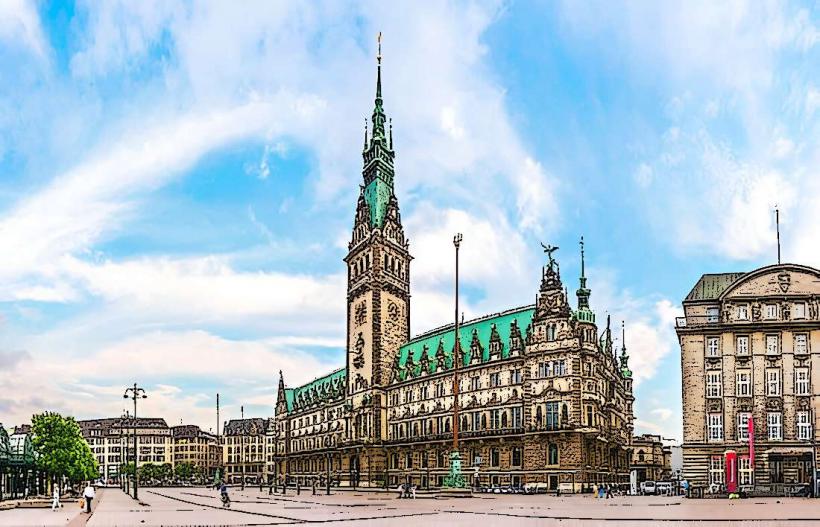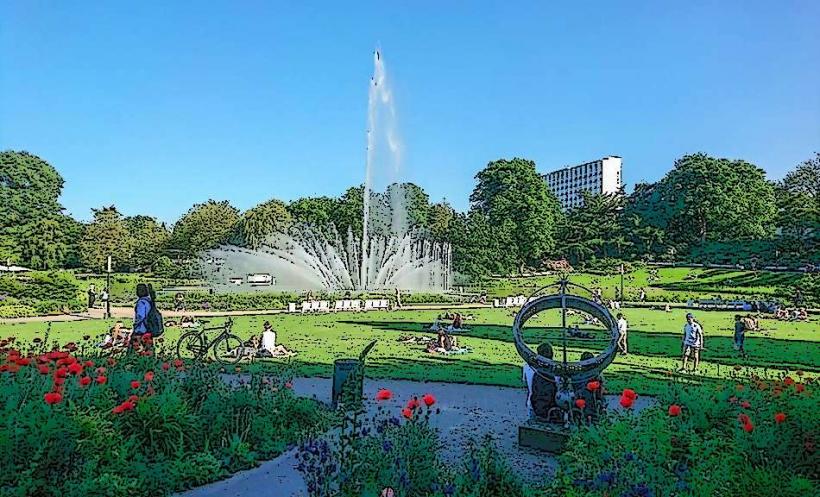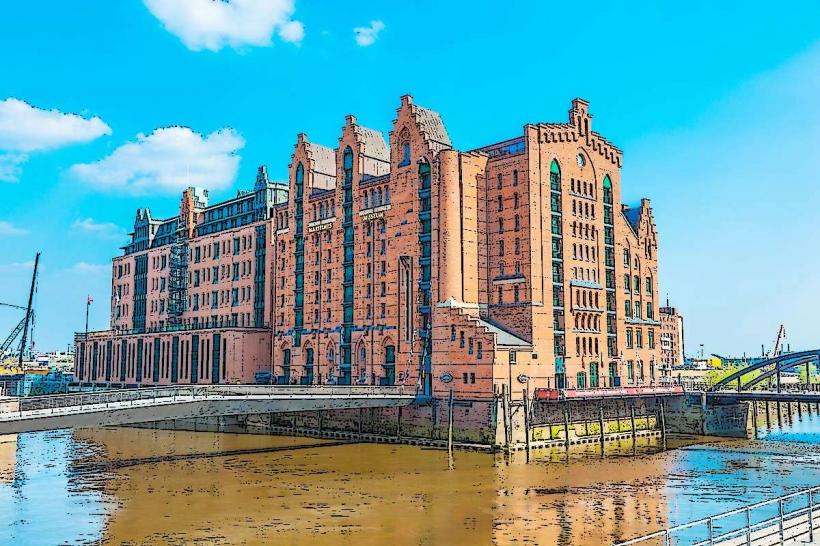Information
Landmark: ElbphilharmonieCity: Hamburg
Country: Germany
Continent: Europe
Elbphilharmonie, Hamburg, Germany, Europe
Overview
The Elbphilharmonie, with its shimmering glass crest rising above the harbor, stands as one of Hamburg’s most iconic landmarks and a proud emblem of the city’s cultural revival, also perched on the banks of the Elbe, this striking concert hall draws praise for its sleek modern design and crystal-clear acoustics.Not surprisingly, It’s more than a concert hall-it’s an architectural marvel, where sleek glass walls rise beside weathered stone and the past meets the present in style, in addition the Elbphilharmonie rises in Hamburg’s HafenCity district, right on the edge of the Elbe, where you can hear the water lapping against the pier.Perched above the harbor, the building looks out over glittering river water and the city’s skyline, at the same time the Elbphilharmonie opened its doors on January 11, 2017, after nearly a decade of construction that began in 2007.Designed by the acclaimed Swiss firm Herzog & de Meuron, it melds the sturdy brick base of a former warehouse with a soaring, glass crest shaped like a wave, as a result the Elbphilharmonie has come to embody Hamburg’s drive to blend its storied past with bold, modern design, marrying the solid red brick of an antique warehouse to the shimmering glass curves of a state-of-the-art concert hall.The Elbphilharmonie’s design grabs your attention with its daring glass structure and wave-shaped roof, the shimmering panels catching light as if the entire upper half were floating above the antique brick warehouse, furthermore the building’s wave-like curves give it a sense of motion, like music caught mid-flow, generally Its glass shell-formed from sweeping, transparent panels-pours sunlight into the rooms and frames sweeping views of the city, the harbor, and the hills beyond, at the same time beneath it all rests the solid brick base of the ancient Kaispeicher A warehouse, built in 1963 and now reborn.It started life as a grain silo, its walls once smelling faintly of wheat, but now it’s been turned into a sleek, fully equipped concert hall, after that the weathered brick facade still stands, its rough red surface sharply set against the smooth, gleaming top.The Elbphilharmonie Plaza sits in between, a public space open to all, bridging the aged warehouse and the recent glass tower, at the same time the Plaza serves as a viewing deck, and anyone can wander in without paying a cent.In a way, From its height, you can take in sweeping views of Hamburg and the busy harbor below, watching ships glide past as the city stretches out in every direction, subsequently you reach the Plaza by riding an escalator that curls around the building, giving you a sweeping view as you rise.Inside the concert hall, the décor rivals the striking beauty of its façade, then the Grand Hall serves as the main stage, with room for about 2,100 people-enough to fill every red velvet seat from front row to balcony.From the start, the Elbphilharmonie’s designers obsessed over sound, shaping every curve and surface to carry it perfectly, consequently the result is a hall celebrated for its remarkable clarity.Nearby, the modest Hall seats about 500, a warm, close space where you might hear a string quartet breathe between notes, consequently russian acoustician Yasuhisa Toyota, famed for shaping concert halls across the globe, helped design the venue.If I’m being honest, Inside, wave-like wooden panels ripple along the walls, carrying sound evenly to every seat, at the same time every seat is positioned for the best possible sound, so you can catch even the faintest breath of a violin bow, and the acoustics outshine any other concert hall.The Grand Hall, the centerpiece of the venue, holds about 2,100 people and is celebrated for its remarkable clarity and depth of tone, along with this hall welcomes symphony orchestras, chamber music, and opera, filling the air with rich, layered sound.The miniature Hall, a cozy space with about 500 seats, hosts chamber pieces, solo acts, and intimate concerts, alternatively nearby, a sleek escalator catches the eye as one of the building’s standout design features, loosely Just so you know, Visitors can ride the long, spiraling path up to the Plaza, winding through the building’s core while catching sweeping views that open wider with every turn, therefore inside, the Elbphilharmonie offers restaurants, cafés, and bars where you can linger over a meal or sip coffee as the city stretches out beneath the glass.Some restaurants sit on the Plaza level, while others behold straight out over the concert halls, their windows framing the stage lights, meanwhile a luxury hotel takes up part of the building, drawing international tourists and business travelers alike.From what I can see, Scattered through its halls and open spaces are art installations and sculptures, reinforcing the Elbphilharmonie’s region as a vibrant cultural hub, therefore these artworks blend seamlessly into the building’s design and public spaces, adding depth and color to every step a visitor takes.In just a short time, the Elbphilharmonie has risen to iconic status in Hamburg-and across Germany, as a result it shows the city’s drive to break modern ground and build something that could stand tall beside the best in the world, like a skyline lit gold at sunset.People around the world have taken notice of the building for its bold, inventive design and because it hosts performances that fill the hall with thunderous applause, along with the Elbphilharmonie has welcomed everything from soaring classical symphonies to the smoky sway of jazz and the pulse of modern beats.If I’m being honest, Sir Simon Rattle led the Berliner Philharmoniker in the venue’s first concert, a luminous evening that signaled its official debut among Europe’s most prestigious halls, alternatively the building mixes ornate brickwork with sleek glass, capturing Hamburg’s deep roots and its vision for what lies ahead.It’s breathed contemporary life into HafenCity’s streets, helping the district grow into a lively mix of glass-fronted offices and buzzing cultural spots, not only that visitors can take in a live concert or wander the halls on a guided tour, pausing to admire the warm glow of polished brass railings.The Plaza welcomes everyone, though you’ll need a ticket for concerts or performances, simultaneously from its open platforms, you can take in sweeping views of Hamburg, the harbor glowing gold in the sunset.From high above, visitors can take in the Harbor, the winding streets of ancient Town, and the broad sweep of the River Elbe glinting in the light, likewise the Elbphilharmonie isn’t just a concert hall-it’s a striking architectural and cultural landmark that embodies Hamburg’s dedication to the arts and its forward-looking spirit.With its bold design, state‑of‑the‑art acoustics, and a prime spot overlooking the river, it stands as one of Europe’s most remarkable buildings, on top of that whether you’re there for a concert or just wandering the Plaza with coffee in hand, the Elbphilharmonie sweeps you up in a blend of soaring music, striking art, and bold architecture you won’t forget.
Author: Tourist Landmarks
Date: 2025-08-25

